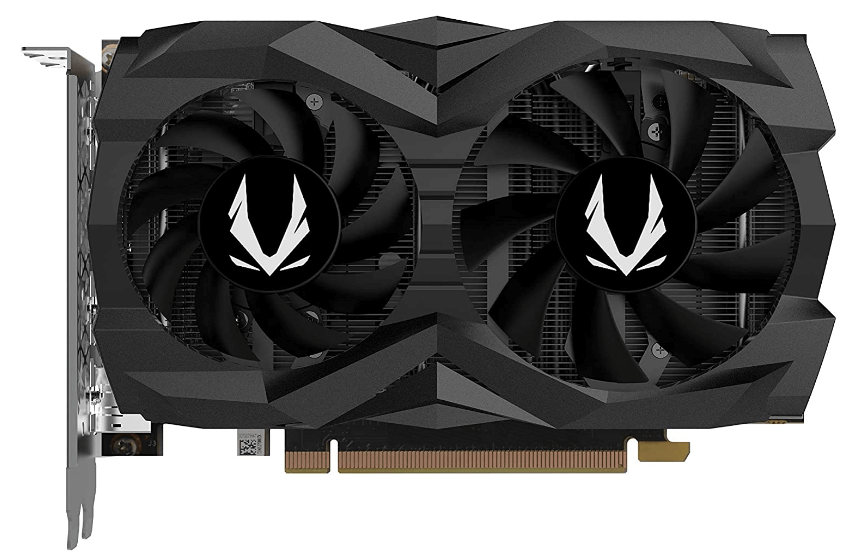
How to Lower GPU Temperature in Your PC and Laptop
If you’re looking to maintain the health of your graphics card, then you need to know how to lower the temperature of the GPU. Luckily, there are a number of ways to lower GPU temperatures. These are among the most efficient. You can clean up dust, perform underwriting, or even use water cooling. Best GPU Providers By World PC Tech
Cleaning up dust
If you’ve noticed that your GPU is running a little hot, cleaning it up can help. Dust and other particles accumulate inside the GPU fan and heatsink, blocking air flow through the system. The best way to get rid of this dust is by cleaning it up regularly.
First, clean the inside of the case. This is important because dust can clog fan bearings and power connectors. You can also use a cotton swab to clean hard-to-reach areas. Remember, dust and debris can accumulate in any part of your PC, and they can cause overheating.
GPU temperatures can be dangerous for your computer, so it is important to keep them as cool as possible. Overheating your graphics card can damage other components, including the processor and memory cards. This will not only damage the hardware, but also cause it to run slower and less smoothly.
Undervolting
Undervolting the GPU helps reduce the total power usage and heat generated by the graphics card. It is especially important for SFF PCs and gaming laptops, which are susceptible to sustained overheating. By undervolting the GPU, you can decrease the power usage of your computer and save energy in the long run.
To undervolt a GPU, you first need to know the exact specifications of your graphics card. You can find these on the manufacturer’s website. After the GPU is under-volted, you need to check its stability by running stress tests. You can do this by playing a game or running benchmark programs for several hours. If you run these tests without any crashes, the GPU is stable.
Undervolting the GPU can also help the CPU run cooler. However, there are some laptop models that prevent you from under-volting the CPU. This happens because the BIOS on these devices has a bug that is called Plundervolt. If you are not careful, you may brick your device. Also, some laptops may have an option for locking down the under-volting feature, so make sure to update your BIOS before trying this out.
Water cooling
Using water cooling to lower the GPU temperature in PCs and laptops is an increasingly popular way to cool graphics cards. The method, which was once used in mainframe computers, is now available in laptops and desktop PCs as all-in-one kits and DIY kits. These water-cooling systems are typically sealed to reduce the need for maintenance and simplify installation. However, they also reduce cooling effectiveness.
The CPU and GPU temperature in a computer is critical to its performance, so keeping temperatures low is essential for the health of your computer. The problem with using liquid cooling is that it can damage computer components, so it is important to use the right cooling solution. There are several steps to water-cool a PC, and this process is not for beginners.
Water-cooling systems work by circulating a liquid through pipes and dissipates heat in a radiator. It is similar to the engine cooling systems in cars. By keeping the CPU and GPU cool, it allows for overclocking, extending component lifespan, and reducing system noise.
Overclocking
You can use benchmarking tools to help determine the right GPU temperature for your system. Some games, such as Steam, include built-in benchmarks. These are handy for comparing PC performance, but they can be a bit awkward to use for determining hardware limits. One option is to download and run the Unigine Heaven benchmark, a 3D rendering test that runs in a desktop window.
Usually, desktop computers are easier to overclock than laptops. This is because desktop computers have better heat dissipation. But it doesn’t mean that overclocking a laptop is impossible. You can also try upgrading the GPU drivers on a laptop or update the CPU to achieve additional performance. However, remember to follow the manufacturer’s guidelines and perform any changes with care, because you could void your warranty. More Info
Overclocking can cause your GPU to overheat. If you feel your graphics processing unit getting too hot, you can try to lower its temperature by switching the fan to manual mode. If this is not enough, you can also try to increase the fan’s power by up to 25%.


